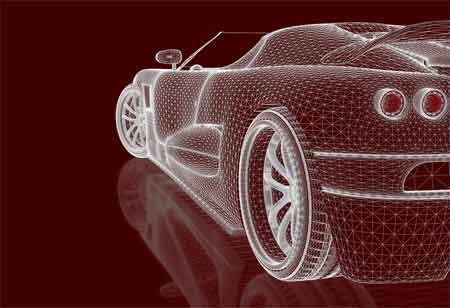THANK YOU FOR SUBSCRIBING
THANK YOU FOR SUBSCRIBING
Be first to read the latest tech news, Industry Leader's Insights, and CIO interviews of medium and large enterprises exclusively from Auto Tech Outlook

By
Auto Tech Outlook | Thursday, December 05, 2024
Stay ahead of the industry with exclusive feature stories on the top companies, expert insights and the latest news delivered straight to your inbox. Subscribe today.
V2X technology, combining 5G connectivity and AI, is revolutionizing the automotive industry by improving safety, efficiency, and accessibility through interconnected devices.
FREMONT, CA: The automotive industry is undergoing a radical transformation, driven by the emergence of advanced technologies that promise to redefine the way drive. One such technology, Vehicle-to-Everything (V2X) communication, is poised to transform road safety and traffic efficiency. V2X enables vehicles to communicate with each other, with infrastructure, and even with pedestrians, creating a network of interconnected devices that can share real-time information.
V2X (Vehicle-to-Everything) technology encompasses a variety of communication systems that enable vehicles to exchange data with their environment, including other vehicles, infrastructure, and pedestrians. The primary types of V2X communication are:
Vehicle-to-Vehicle (V2V): This technology facilitates direct communication between vehicles, allowing them to share information about speed, direction, and braking status, which can help prevent rear-end collisions and other accidents.
Vehicle-to-Infrastructure (V2I): This technology enables communication between vehicles and infrastructure, such as traffic lights, road signs, and traffic management systems. It helps optimize traffic flow, reduce congestion, and improve overall transportation system efficiency.
Vehicle-to-Pedestrian (V2P): Allows vehicles to communicate with pedestrians, particularly in areas with limited visibility, such as intersections and blind spots, thus helping to prevent accidents involving pedestrians and cyclists.
The benefits of V2X technology are numerous, including enhanced road safety by reducing accidents caused by human error, improved traffic efficiency through coordinated vehicle movements, and reduced emissions by alleviating congestion. V2X also enhances accessibility and safety for vulnerable road users, such as pedestrians and cyclists, by providing additional information and alerts.
Recent developments in V2X technology propel its adoption, with organizations working to standardize communication protocols for interoperability across vehicle manufacturers and infrastructure providers. The rollout of 5G connectivity provides the necessary bandwidth and low latency for more reliable V2X communication. At the same time, AI and machine learning (ML) are integrated to enhance decision-making accuracy. Numerous countries and cities are also conducting large-scale pilot programs to deploy V2X technology, signaling significant advancements in the automotive and tech industries.
V2X technology presents many use cases that enhance road safety and traffic efficiency. At intersections, it can prevent accidents by warning drivers of potential collisions, particularly in compromised visibility. V2X also supports emergency vehicle preemption by notifying other vehicles of approaching emergency responders, enabling them to yield and clear a path. Additionally, through Cooperative Adaptive Cruise Control (CACC), V2X allows vehicles to coordinate their speed and braking, resulting in smoother traffic flow and improved fuel efficiency. The technology further facilitates platooning, where vehicles travel in close formation to optimize fuel use and reduce congestion. Lastly, V2X is integral to the safe operation of autonomous vehicles, enabling them to perceive their environment and make informed decisions accurately.
V2X communication is poised to transform driving, making roads safer, more efficient, and more sustainable. By harnessing the power of connectivity, V2X technology has the potential to save lives, reduce congestion, and improve the overall quality of life.
 Copyright © 2025 AutoTech Outlook. All Rights Reserved | Privacy Policy | Subscribe | Sitemap | About us | Feedback Policy | Editorial Policy
Copyright © 2025 AutoTech Outlook. All Rights Reserved | Privacy Policy | Subscribe | Sitemap | About us | Feedback Policy | Editorial Policy 



